Digital Transformation in Oil Well Construction Process
Changes to how oil and gas companies drill and manage oil wells are the outcome of advancements in technology. New drilling practices, which are efficient, safer, and environmentally friendly, change how companies prepare and execute the steps from planning the oil well to training the operators. These practices are ‘streamlining’ and ‘transforming’ the processes in the digital oil well construction arena.
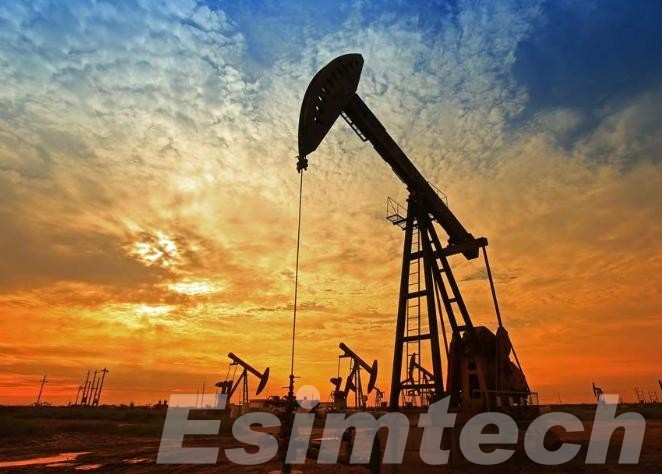
Digital construction of oil wells utilises state-of-the-art technology, which incorporates the Internet of Things (IoT), automation, real-time data analytics, and digital twin technology alongside oil and gas construction simulation platforms. Emphasis is placed on not only improving ‘operational efficiencies’, but also improving ‘supervisory’ and ‘emergency’ control of the work environment. These enhancements enable companies to manage and minimise the socio-environmental impacts of construction. This also strengthens work skills and shift control. Companies in the competitive global energy market must prioritise enhancing their construction digital practices.
What is Digital Transformation in Oil Well Construction?
The modernisation of methods of constructing an oil well means no longer relying on manual practices of operation. This involves a huge leap from traditional data processes, where human judgment is primary, to technology-driven processes. Oil and gas companies now utilise digital resources to improve accuracy, collaboration, and decision-making throughout the well lifecycle.
Important components of digital changes being made to oil well construction include the following.
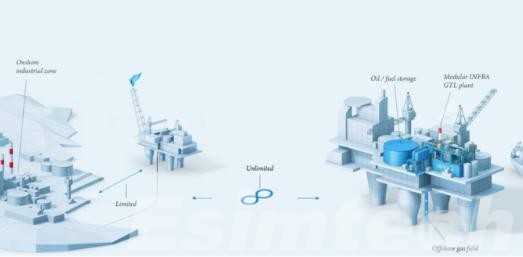
- Integrated planning and design. Engineers use digital resources to build and edit well construction 3D models, plan and design well drilling paths, and even build and simulate a construction plan prior to any physical construction.
- Real-time data collection. Drilling instruments and other equipment are fitted with sensors and other monitoring construction devices that track and provide data pertaining to drilling instruments and construction parameters in real time and at continuous intervals. This functionality permits instant adjustments to be made in the formation of drilling.
- Automation of critical processes. Drilling, fluid management, pipe handling, and other oil well construction processes are automated in layers to reduce human error and improve productivity.
- Virtual training and simulation. Oil and gas simulation construction platforms provide risk-free environments where operators of a well can practice real-time construction and emergency procedures training. Preparedness and confidence are improved.
Predictive and analytical tools. Potential oil well construction risks are predicted and addressed by advanced construction and planning software that analyses real-time and historical data.
Key Technologies Driving Digital Transformation
Numerous technologies are pivotal for building digital transformations in oil well construction. These technologies are key to making the operations more intelligent, quicker, and safer. The digital transformation technologies exceed basic automation, impacting how oil wells are planned, drilled, and maintained.
Some of the key technologies are:
- Advanced Drilling Sensors and Monitoring Systems: Significant modern drilling operations utilise advanced real-time monitoring systems for pressure, temperature, and fluid dynamics, and other liquid and solid resource components. This real-time monitoring allows controlling operational parameters, potential anomaly troubles, and overall well construction integrity.
- Digital Twin Technology: Developing, analysing, and safely testing drilling and construction strategies to predict real values is possible because digital twins create virtual representations of wells and drilling equipment.
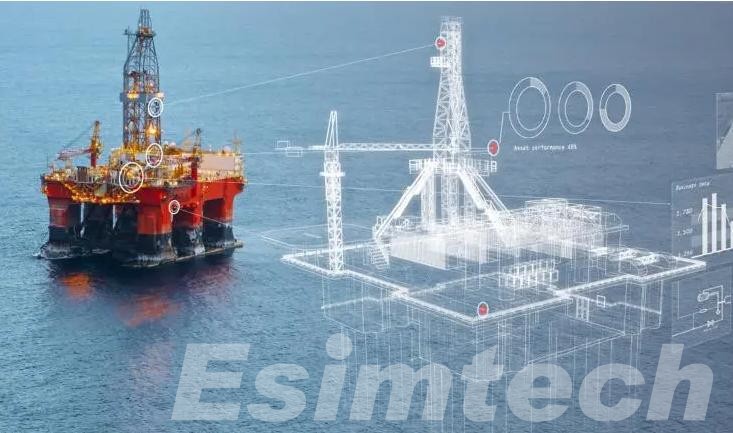
- Cloud-Based Data Platforms: Integrated operational data in extensive data cloud systems helps to synchronise users and analyse information for collaborative data-driven decision processes. Managers, engineers, and operational staff enhance response times and operational efficiency.
- Oil and Gas Simulation Tools: Planning and drilling operations, as well as emergency response, can be practised in simulation software that amplifies the scope and realism of a training environment. This technology not only improves workforce competence but also supports testing of new procedures before field implementation.
- Artificial Intelligence and Predictive Analytics: Using AI algorithms, the failure of equipment, drilling path and allocation of resources can be predicted and analysed using historical and real-time data. Predictive analytics allows for planned maintenance and operational activities and shifts the focus away from reactive maintenance.
Utilising all of the above technologies allows companies to construct oil wells that are both highly connected and intelligent. The construction of oil wells allows for sensors, digital twins, cloud computing, simulations, and AI to be integrated to help operators work efficiently, lower operational risks, and quickly respond to the unplanned.
These technologies are the foundation of the digital oilfield and provide real-time data, actionable insights, and transform construction into a less hazardous and more efficient process.
Benefits of Digital Transformation in Oil Well Construction
Digital transformation provides a range of benefits during the course of oil well construction and allows firms to improve efficiency, safety, and cost-effectiveness with assistance for workforce training. The key benefits can be outlined as follows:
| Benefit | Description |
| Improved Operational Efficiency | Automation, real-time monitoring, and data-driven decision-making allow drilling and completion activities to be executed faster and more precisely. |
| Enhanced Safety | Digital sensors, predictive analytics, and simulation-based training reduce the risk of accidents and improve emergency response. |
| Cost Reduction | Optimized workflows, predictive maintenance, and minimized downtime lead to lower operational and maintenance expenses. |
| Workforce Competence | Oil and gas simulation platforms and digital training programs equip operators with practical skills for complex well operations. |
| Sustainable Practices | Monitoring systems and predictive tools help reduce waste, resource overuse, and environmental impact. |
In short, the adoption of digital technologies makes oil well construction a safer, smarter, and more efficient one. Firms using these technologies not only become efficient but also enhance safety protocols and make operations sustainable.
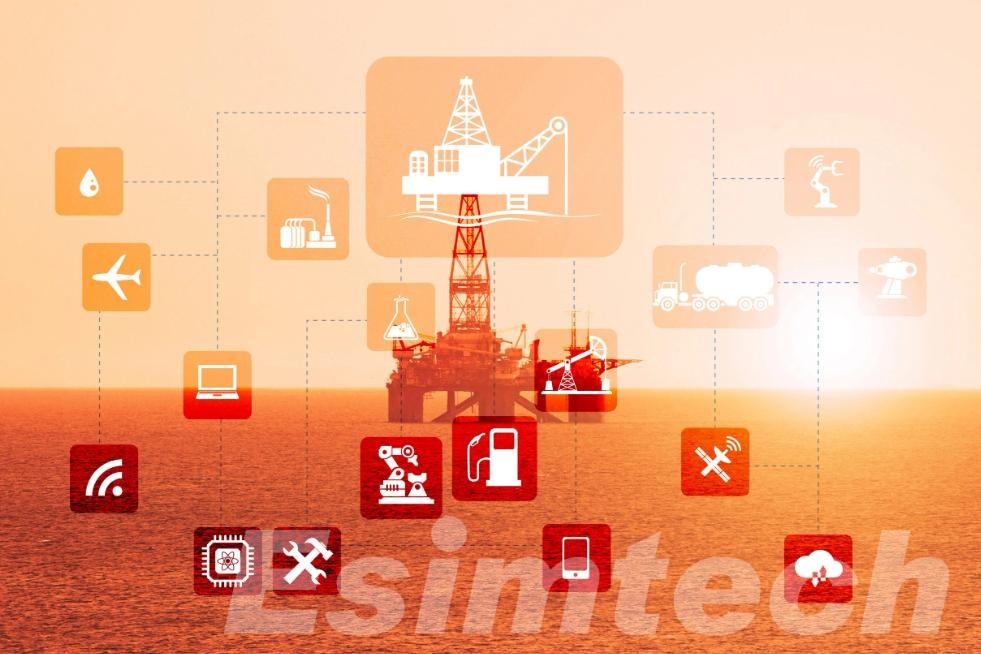
Challenges and Implementation Strategies
Implementing digital transformation in oil well construction process offers significant benefits, but it also comes with challenges that must be addressed strategically. Companies that successfully navigate these obstacles can fully leverage the advantages of smart technologies while minimizing risks.
Key Challenges
The main challenges of adopting digital technologies in oil well construction include:
| Challenge | Explanation |
| High Initial Investment | Implementing sensors, automation systems, simulation platforms, and cloud infrastructure requires significant upfront costs. |
| Data Management and Security | Collecting and analyzing large volumes of real-time data demands robust IT systems and cybersecurity measures. |
| Workforce Adaptation | Employees must learn to operate new technologies and embrace digital workflows, requiring training and cultural change. |
| Integration Complexity | Ensuring that multiple technologies—IoT devices, digital twins, AI analytics, and simulation platforms—work seamlessly together can be challenging. |
Implementation Strategies
To overcome such challenges, oil and gas operators can use the following:
- Start with Pilot Projects: Pilot test digital technologies in a pilot system to test performance, learn to enhance workflows, and build up lessons before massive implementation.
- Invest in Workforce Training: Use oil and gas simulation systems and digital training software to build operator skill and confidence with new technologies.
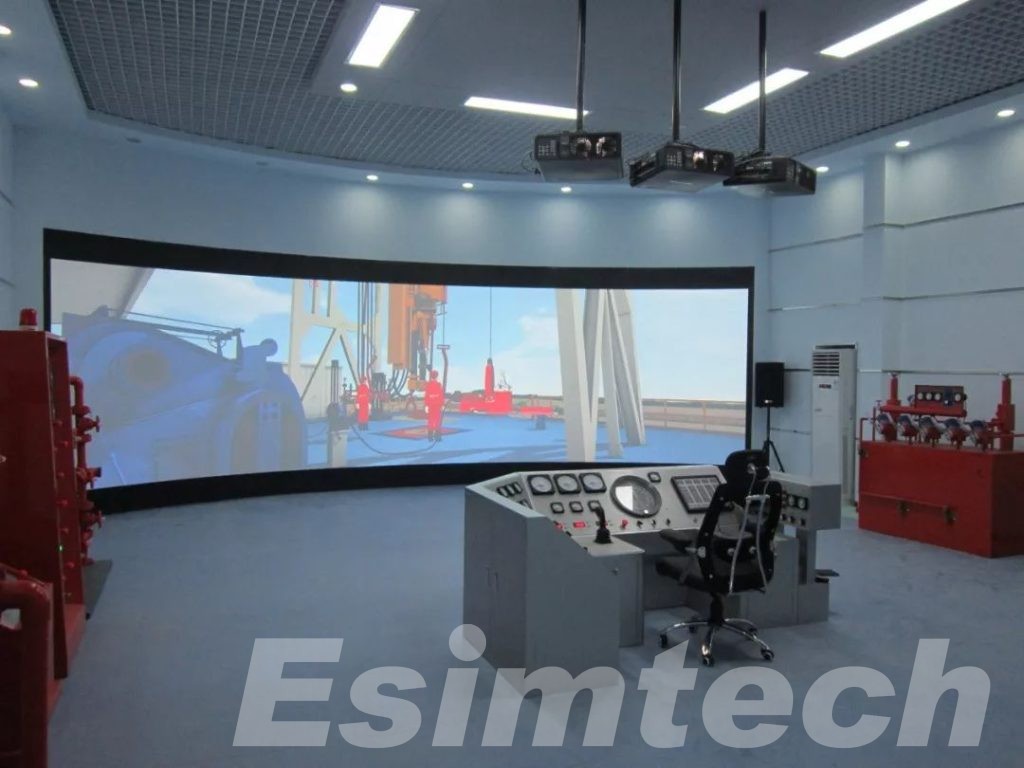
- Leverage Cloud and Analytics Platforms: Company-wide data systems facilitate integration, teamwork, and decision-making across groups and locations.
- Partner with Technology Vendors: Working in partnership with experienced vendors or consultants allows for more rapid take-up and reduced implementation risk.
- Sequential Scaling and Continuous Improvement: Roll out digital technologies incrementally and regularly monitor performance in order to improve processes and ROI.
By the solution of challenges in a structured manner, the firms can make digitally enabled oil well construction easier to adopt. Strategic execution and proper planning maximize efficiency, safety, and cost as well as getting the people future-ready for the oil and gas industry.
Sum Up
The construction of oil wells is being mastered through embracing digital transformation. Focusing on efficiency, safety, and the abilities of the personnel working on oil wells, the use of the Internet of Things, digital twins, predictive analytics, and oil and gas simulations can strategically optimise processes, lowering operational costs and refining training for oil and gas operators. Initial high investment and return, data structuring and manipulation improve the value of digital transformation. The oil and gas industry can position itself ahead of the competition through the construction of intelligent, very safe, and environmentally sustainable oil wells.
